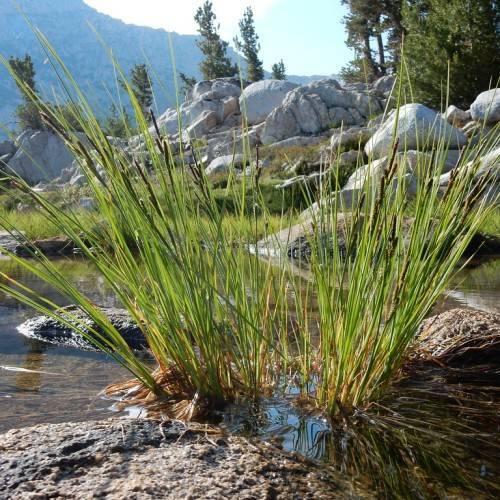
Shore Sedge
Carex lenticularis
Watering:
Minimal
Hardiness Zone:
Flowers:
Flowers
Sun:
Deciduous Shade (Spring Sun)
Soil:
Humus Enriched
Leaf:
Yes
Growth Rate:
Low
Drought Tolerant:
Yes
Salt Tolerant:
Yes
Care Level:
Medium
watering
Loose Flower Sedge should be watered regularly during its active growing season, which is usually from spring to fall. During this time, it is important to make sure that the soil is moist, not wet or dry, and the plant should be given water once a week, or when the top 1-2” of soil are dry. During the wintertime, when the plant is dormant, Loose Flower Sedge should be watered less frequently; about once per month, or even less, depending on the amount of rainfall in your area.
sunlight
Loose Flower Sedge (Carex laxiflora) prefers full sun to partial shade. While it can tolerate deep shade, too much shade can lead to spindly growth. During the hottest summer months, this plant should receive some dappled shade in order to avoid wilting. Carex laxiflora should be located in an area that is directly exposed to the sun for at least 4 to 6 hours each day.
pruning
For Loose Flower Sedge, pruning should be done in the spring after any chance of frost. Pruning should be done to a depth of 2-4 inches, taking off any dead foliage to promote new growth. This will also help prevent the plant from becoming overcrowded. Depending on the size of the plant, hand pruners, hedge shears, or a machete may be used. Be sure to make clean cuts, and avoid over-pruning. This will help keep the plant healthy and encourage desired growth.
